Paul Sterry - Warblers and Other Songbirds of North America: A Life-Size Guide to Every Species
Here you can read online Paul Sterry - Warblers and Other Songbirds of North America: A Life-Size Guide to Every Species full text of the book (entire story) in english for free. Download pdf and epub, get meaning, cover and reviews about this ebook. year: 2017, publisher: Harper Design, genre: Detective and thriller. Description of the work, (preface) as well as reviews are available. Best literature library LitArk.com created for fans of good reading and offers a wide selection of genres:
Romance novel
Science fiction
Adventure
Detective
Science
History
Home and family
Prose
Art
Politics
Computer
Non-fiction
Religion
Business
Children
Humor
Choose a favorite category and find really read worthwhile books. Enjoy immersion in the world of imagination, feel the emotions of the characters or learn something new for yourself, make an fascinating discovery.
- Book:Warblers and Other Songbirds of North America: A Life-Size Guide to Every Species
- Author:
- Publisher:Harper Design
- Genre:
- Year:2017
- Rating:4 / 5
- Favourites:Add to favourites
- Your mark:
Warblers and Other Songbirds of North America: A Life-Size Guide to Every Species: summary, description and annotation
We offer to read an annotation, description, summary or preface (depends on what the author of the book "Warblers and Other Songbirds of North America: A Life-Size Guide to Every Species" wrote himself). If you haven't found the necessary information about the book — write in the comments, we will try to find it.
A stunning full-color photographic field guide of 285 species of North American songbirds and warblers, captured in glorious life-sized detail and featuring concise descriptions, location maps, and useful facts for both experienced birdwatchers and armchair ornithologists alike.Birds such as the Acadian Flycatcher, Golden-crowned Kinglet, Indigo Bunting, Northern Mockingbird, Pyrrhuloxia, Rock Wren, Song Sparrow, Tree Swallow, and the Yellow Throated Warbler are known for their elaborate songs produced by their highly developed vocal organs. Warblers and Other Songbirds of North America is a breathtaking collection of 285 species of these beautiful, melodious creatures, the largest number of species in a single field guide about North American songbirds.Arranged by region and taxonomic order, every songbird is depicted life-sized; each photograph is accompanied by a short description with essential information on identification and the particular species, habits, and behavior. Every species entry also includes a map showing where the species can be found, as well as a fact grid listing key details such as common and scientific name, length, food, habitat, status, and voice. Inside youll find fun facts, including:Songbirds are members of the order Passeriformes, the most varied group of birds both in terms of numbers of species and diversity of appearance and habit preferences.Songbirds have feet that allow them to perch with ease, with three toes pointing forward and one facing back.Songbirds are extremely vocal; some male species are among the finest songsters in the bird world.Every photograph is gloriously detailed and chosen to show each species unique identification features and typical postures. Packed in a convenient portable size, Warblers and Other Songbirds of North America is ideal for the experienced birdwatcher, the aspiring naturalist, and every bird lover.
Paul Sterry: author's other books
Who wrote Warblers and Other Songbirds of North America: A Life-Size Guide to Every Species? Find out the surname, the name of the author of the book and a list of all author's works by series.




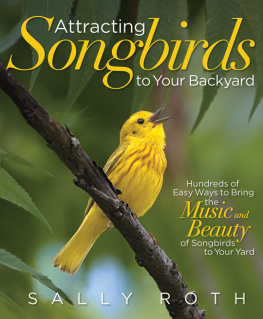
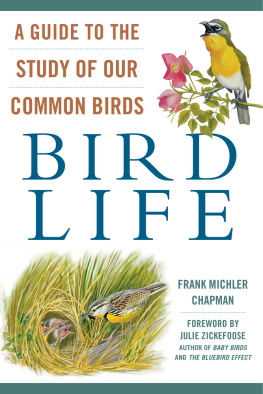
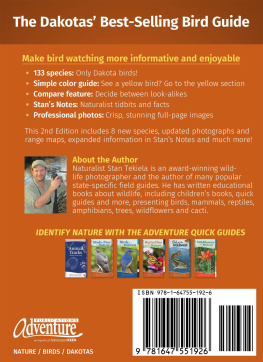

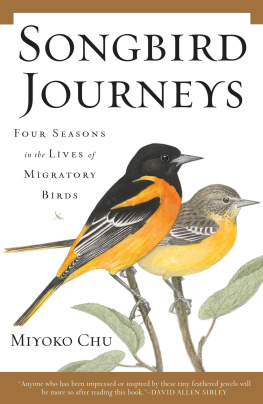
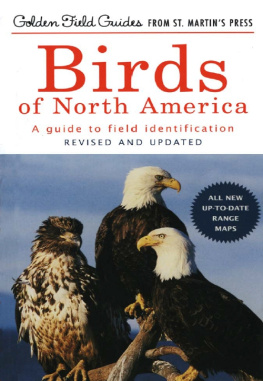
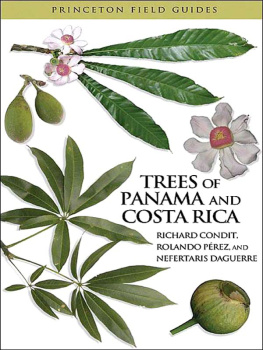
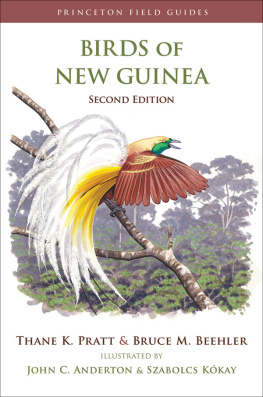
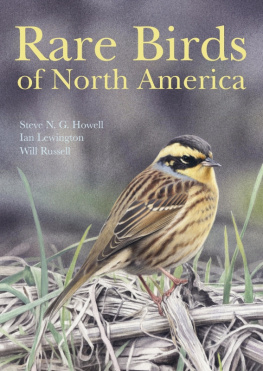

 A typical species description from the book.
A typical species description from the book. A Blackburnian Warbler with annotations showing key structural features. Bill The beak. Coverts Areas of contour feathers found on the upperwing, underwing, uppertail, and undertail. Eyering A ring of feathers, often colorful, that surrounds the eye. First-winter A birds plumage in its first winter after hatching. Forewing The leading edge of the upperwing. Immature A bird that is any age younger than an adult. Juvenile A young bird with its first set of full feathers. Lores The area between the eye and the bill. Malar A band or stripe of feathers on the side of the throat, in front of and below the submustachial stripe. Mandibles The two parts of a birds bill: upper and lower. Mantle Feathers covering the back. Migrants Birds that have different, geographically separate breeding grounds and winter quarters. Mustachial stripe A stripe that runs from the bill to below the eye, fancifully resembling a mustache. Nape The hind neck. Orbital ring Ring of bare skin around the eye, often brightly colored. Primaries The main flight feathers found on the outer half of the wing. Scapulars A group of feathers that form the shoulder of the bird between the back and folded wing. Secondaries A group of relatively large flight feathers that form the inner part of the wing.
A Blackburnian Warbler with annotations showing key structural features. Bill The beak. Coverts Areas of contour feathers found on the upperwing, underwing, uppertail, and undertail. Eyering A ring of feathers, often colorful, that surrounds the eye. First-winter A birds plumage in its first winter after hatching. Forewing The leading edge of the upperwing. Immature A bird that is any age younger than an adult. Juvenile A young bird with its first set of full feathers. Lores The area between the eye and the bill. Malar A band or stripe of feathers on the side of the throat, in front of and below the submustachial stripe. Mandibles The two parts of a birds bill: upper and lower. Mantle Feathers covering the back. Migrants Birds that have different, geographically separate breeding grounds and winter quarters. Mustachial stripe A stripe that runs from the bill to below the eye, fancifully resembling a mustache. Nape The hind neck. Orbital ring Ring of bare skin around the eye, often brightly colored. Primaries The main flight feathers found on the outer half of the wing. Scapulars A group of feathers that form the shoulder of the bird between the back and folded wing. Secondaries A group of relatively large flight feathers that form the inner part of the wing.